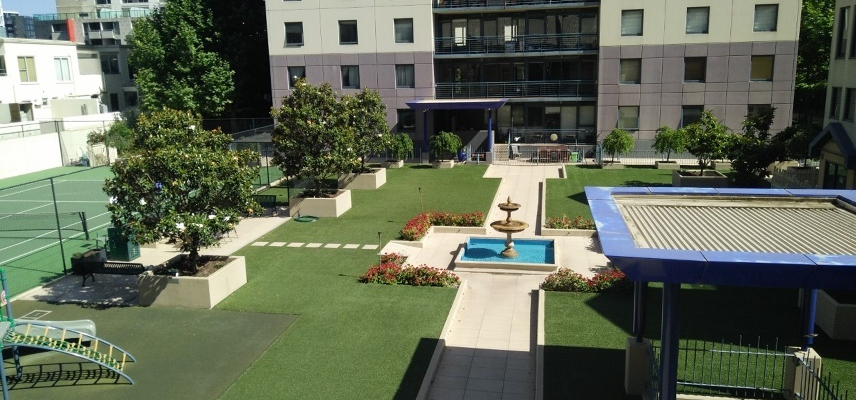City Know-hows

Target audience
Policy makers, Owners Corporation associations, town planners and developers
The problem
Apartment living can negatively impact residents’ social wellbeing. For instance, apartment residents’ have been found to report a low sense of belonging, lack of social support, social isolation, infrequent social contact with neighbours, and have smaller and weakened social networks. At the same time, apartment complexes often lack well-designed communal spaces to promote social wellbeing. Thus, there is a need for research to inform good practice and policy in the design of apartment communal spaces.
What we did and why
The study was conducted in Melbourne, a city that has only recently embraced apartment living. We explored the types of communal spaces available in Melbourne apartment buildings through an online audit and how these spaces could enable social connectedness through interviews, in one case study apartment complex. This approach enabled us to understand the provision of communal spaces as well as the elements of design that supported or detracted from resident wellbeing.
Our study’s contribution
The study describes the deficits in the provision of communal space in the City of Melbourne and adds to our understanding of the elements of placemaking that support social connectedness through the design of apartment communal spaces. Findings particularly highlighted that there is an interplay between physical design, resident factors, the Owners Corporation and government policy. All need to be considered when designing communal spaces to foster residents’ social wellbeing.
Impacts for city policy and practice
The results of this study have policy implications. Future apartment design guidelines should better support placemaking and social wellbeing through ensuring communal spaces are visible, encourage lingering and support the needs of a diversity of residents. Design guidelines should also acknowledge the role of stakeholders in placemaking, ensuring that Owners Corporations, developers, town planners, and architects are more strongly encouraged to consider ways of fostering community when designing communal spaces
Further information
See website for the Deakin HOME Research Hub which has been established to provide evidence-based, community-tailored housing and social inclusion strategies.
Full research article:
Communal spaces in apartment complexes in Melbourne, Australia: designs to foster social connectedness by Carly Ewen, Elyse Warner and Fiona J. Andrews.
Related posts

Our Jerusalem Railway Park study addressed the needs of those aged 55 in disparate communities, with long-term implications for physical and mental health, and community

Cities can build stronger, healthier, and more resilient communities by tailoring resilience strategies to the unique vulnerabilities and strengths of each neighbourhood. This approach ensures resilience is integrated into both emergency response and the long-term development of urban areas.

Envisioning a socially and ecologically sustainable human habitat: Connecting Land.